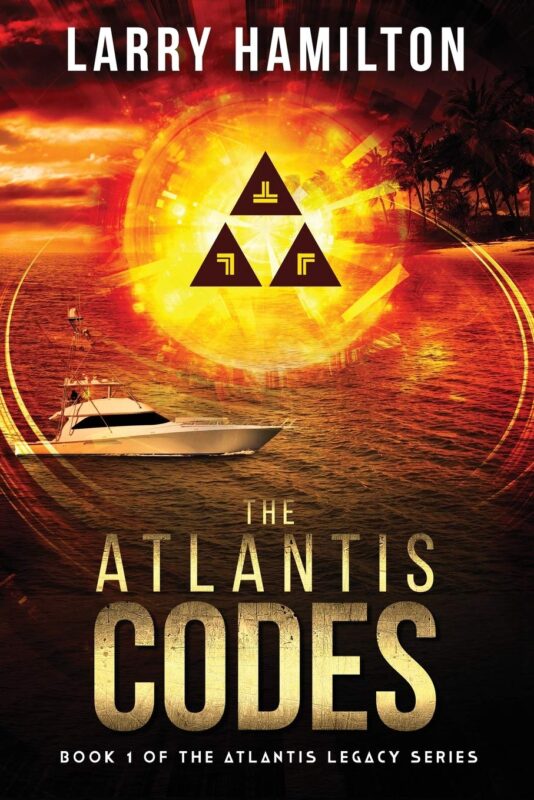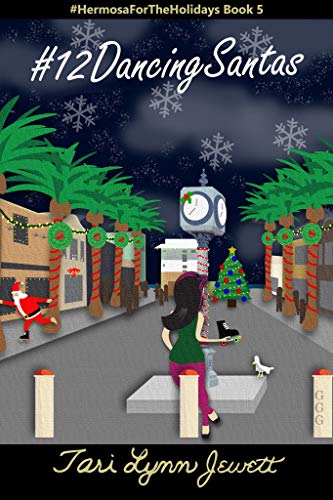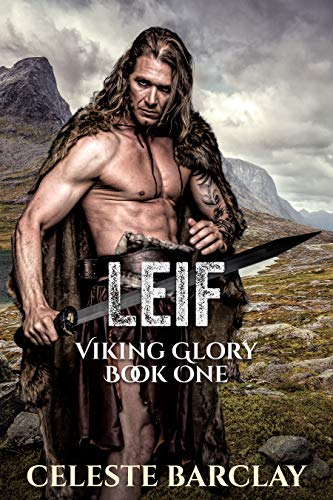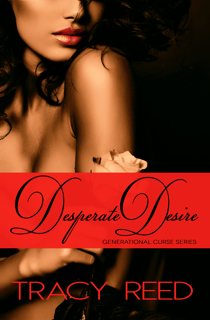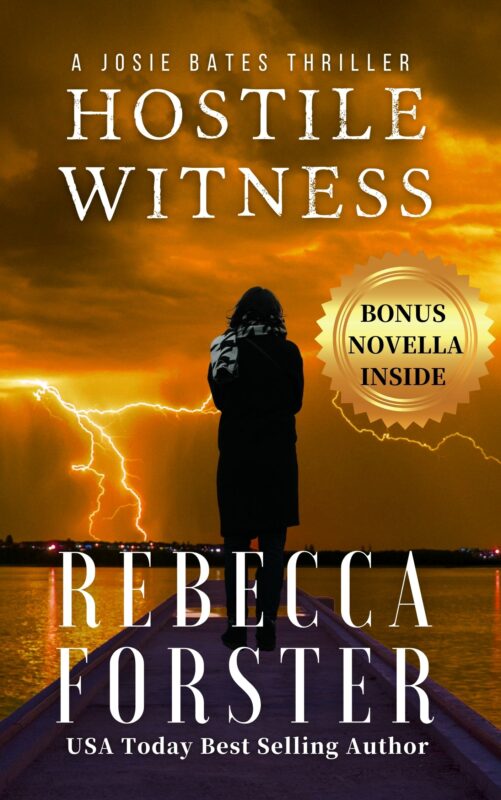Cover Art Corner
April 14, 2012 by A Slice of Orange in category Archives tagged as cover art, Lex Valentine Today, I’m starting a quarterly series on cover art. I’ll be asking for people to send me questions which I will answer in future posts. To start out, I’ll give you all some information on who I am and who I do covers for.
Today, I’m starting a quarterly series on cover art. I’ll be asking for people to send me questions which I will answer in future posts. To start out, I’ll give you all some information on who I am and who I do covers for.
For those of you who don’t know me, I write under the pen name Lex Valentine, but before there was a Lex there was a Winter. Winter’s been around on the internet since the early 90’s. That’s when a friend got her the domain name winterheart.com. (Yes, I really have had the domain for more than 15 years!) Winter has also been messing around with websites and photo manipulation for about that long although not in any real serious way.
So, now we’ve established that I go by both Lex and Winter and that I’ve had winterheart.com a long time, I want to roll the calendar forward to 2006 or so. I started writing in a serial story online and we gathered photos of celebs to depict our characters. I ended up making banners and avatars for the characters and learned to swap heads on photos. (Guess whose head was swapped on that image of “Al & Lex”, two characters from the serial story?) This is really where I started learning Photoshop. I took a couple of classes that the company I worked for paid for, but really, what I learned was all trial, lots of error, and some video tutorial watching on YouTube.
When I was first published, my publisher at Pink Petal Books was ecstatic to learn I knew Photoshop and I started doing covers for her, including all my own covers. Over the years since then I’ve started doing covers for MLR Press and it’s imprints Passion in Print and Featherweight Press. I’ve also recently begun doing covers for MuseItUp too.
 Last year one of my covers for Pink Petal Books won an EPIC ARIANA Award for best erotic contemporary cover. Competition is fierce in the ARIANAs and I was honored to win one. I’ve had numerous covers final but there is nothing like winning!
Last year one of my covers for Pink Petal Books won an EPIC ARIANA Award for best erotic contemporary cover. Competition is fierce in the ARIANAs and I was honored to win one. I’ve had numerous covers final but there is nothing like winning!
Currently, I do a lot of work for authors who are self-publishing the books they get their rights back to. A couple of weekends back, I did a total of 13 covers! Well, it did include two series with similar covers but it was still a lot of work.
At any rate, what I do involves a lot of communication with the author. I use the information I get about the book to come up with a cover that is visually appealing while still conveying something of the story inside. This isn’t always easy to do. Some authors have a very clear vision in their head of what their cover should look like, regardless of whether they have an artistic eye or not. They want what they want. I try to give authors what they want whether I think it’s appealing or not because the most gorgeous cover that I think will sell lots of books may not be at all what the author wants for his/her book. And if the author isn’t happy with it, no matter how beautiful it is, they will treat it like it’s ugly and unhappy authors don’t say complimentary things about cover artists.
I really like it when the author gives me a sense of the book without telling me what to put on the cover. I like a little freedom to create something I think will appeal to those who look at it. It’s a tough line to walk though and authors can be all over the charts in terms of how easy or difficult they are to work with.
In the end, what I really want is for the cover to sell books. I want the author and publisher to be so happy with sales that they are happy to work with me again.
I’m going to close today with a slideshow of covers I’ve made. I want you all to look at them and think about them and what makes them appealing or not appealing to you. And then I want you to comment on this post or email me with questions or comments about the covers and what you liked or didn’t like and why. I’m going to take all those comments and use them to tailor my next post about cover art.
12 0 Read moreApril Calls for Submissions & Adams Media
April 3, 2012 by A Slice of Orange in category Archives tagged as Calls for Submission, Louisa Bacio
We’re looking for full-length novels, and while we prefer to work on the shorter end of the spectrum (50,000 words, give or take), we’re not going to rule you out because you go shorter or longer.
If you have a finished novel you’d like for us to consider, please just drop editor Jennifer Lawler a line at editorcrimson@gmail.com with a brief description of your work–please, no attachments until I know you’re not a spambot. That’s it! I’ll get back to you as quickly as I can–within a few days for queries and within a few weeks if I request a full.
Conversations with Barb and Jann
April 2, 2012 by A Slice of Orange in category Archives tagged as Barb Delong, Conversations with Barb and Jann, Jann Audiss, story ideas
Where Do You Get Your Story Ideas?
Barb: Hey Jann, someone at work asked me where I get the ideas for my stories. Interesting question. I thought we’d talk about that subject, because it fascinates me to hear authors talk about all the different ways they’ve come up with their weird, wacky and wonderful plots and characters. I can blame OCC and Dean Koontz for my current WIP. I sat in an Ask an Author session at an OCC meeting awhile back and one of the ladies talked about her paranormal project. Something clicked, a witch was born, along with her familiar, a ferret who can disappear and reappear at will, like the dog in Koontz’s Relentless.
My Dream Makers trilogy, which sits awaiting a paranormal makeover, was inspired by my husband’s car club, the Orange County Mustang Club. They were approached by the Make A Wish Foundation to restore a Mustang for a teenager. The foundation’s representative said they don’t do a lot of makeovers because of the liability, and they especially don’t cover the engine rebuilds. That got me thinking about the children whose wishes are unfulfilled because they are either too expensive, too dangerous or pretty darn impossible. Well, my Dream Makers foundation loves a challenge!
What about your stories, Jann? From where do you draw your inspirations?
Jann: Most of my story ideas generate when I’m someplace new, especially when I’m on vacation. Seeing new places and being relaxed always opens a window of ideas. I know some people start with characters and some with plot. I seem to start with a location and think about what my characters are doing there. Recently I spent the weekend at The Oaks at Ojai. Entering the beautiful lobby, I found myself imagining my heroine coming back to the beloved family-owned resort and having to face the one man who broke her heart. He is now trying to steal the resort that has fallen into financial difficulties. From that point on, every experience I have has me thinking of another possible scene. It’s great. The only trouble is when I’m travelling with non-writing friends, they don’t understand why I’m always writing down a note or taking a picture of the restaurant dining room.
Your question got me thinking about how some of our mutual writing friends get their ideas, so I asked them.
Linda O. Johnston, who I’ve known for years and writes a Pet Rescue Mystery series as well as Romantic Suspense and Paranormal for Harlequin, says, â€Ideas are everywhere! I read. I eavesdrop. I ask questions and brainstorm with friends. I look around me and think how things I see might fit into a story. I usually have a theme in mind, or at least the kind of story I intend to write–cozy mystery, paranormal romance, romantic suspense or whatever. I let my subconscious mull on what I’ve seen or heard… and then I spill it out in stream of consciousness onto the computer to see how it fits!â€
Laura Drake, who we met through OCC and just recently sold her debut novel The Sweet Spot in a three-book deal to Grand Central, says, â€Plots come to me many ways — riding my motorcycle, watching bull riding, seeing an old wreck of a house, talking to a friend. It’s a spark – something that catches my attention and fires my imagination. What if . . . And I’m off!â€
Tessa Dare, 2012 Rita finalist for A Night to Surrender, finds that she’s â€very much a character-driven writer. Many of my stories originate when I think of two people on polar opposites of some personality trait or issue. For example, a woman for whom family and hospitality are paramount, paired with a man who can’t stand social gatherings (One Dance with a Duke). Or a shallow, charming rake paired with a scholarly, socially awkward geologist (A Week to be Wicked). The more my hero and heroine are opposites on the surface, the more fun I can have pushing them into uncomfortable situations that reveal their deeply-buried similarities.â€
Barb: Linda Johnston is right. Ideas are everywhere. The trick is finding one that resonates long enough to finish the damn book!
Let us know where you get your story ideas.
6 0 Read moreOf Edits and Covers and other Minutiae
March 19, 2012 by A Slice of Orange in category Archives tagged as Black Opal Books, editing, edtiors, Mona Karel, My Killer My Love, Teach Me to Forget |
WHAT A CHARACTER!
March 15, 2012 by A Slice of Orange in category Archives tagged as A Writer's Life, characterization, writing craft
![]() One of the nicest compliments I ever received was from a reviewer who called “Josie Bates (heroine of my witness series) one of the best characters everâ€. For an author, that is the highest praise.
One of the nicest compliments I ever received was from a reviewer who called “Josie Bates (heroine of my witness series) one of the best characters everâ€. For an author, that is the highest praise.
Think about the millions of words written about thousands of fictional people, and then ask yourself how many stuck in your mind, reside in your heart, or continue to haunt you years after reading the book? If you’re like me, there are a handful of such characters in your memory. My list includes:
Gone With the Wind: Scarlett O’Hara, Rhett Butler and Miss Mellie.
Princess Bride: Buttercup, Inigo Montoya, Westley
The Hunger Games: Katniss
Girl With the Dragon Tattoo: Lisabeth Salander
Johnny Oops: Johnny Oops (a fine Indie book)
Analyzing these characters helped me become a better writer, and here’s what I have learned. Memorable characters are:
Spiritually Unique: Villain or hero, each one has his or her own demons and desires, strengths and weaknesses. Strength on its own is uninteresting without weakness.
Physically identifiable: A great character manifests his or her uniqueness in dress, mannerisms, and speech patterns. Imagine an actor tackling your character on screen. Can you hear them? See them? Are they so real you would know them walking down the street?
Logical: A character with a unique speech pattern may amuse your reader for a while but if the words coming out of that character’s mouth aren’t appropriate to story, plot and core of that character, the affectations is illogical.
Unapologetic: Readers may not always embrace your vision, but if you give a character an unusual life, let them live it. Do not be swayed by fear of political incorrectness or tempted to take the safe route. Writing is about nurturing your bold voice.
Purposeful: A character’s journey is guided by principles born of experiences. In Josie Bates’ case, she is formed by her mother’s abandonment (personal) and her belief that the law and justice are two separate things (professional). The author’s objective is to create a passionate character who is willing to go to great lengths to protect what they believe in or secure what they desire.
For Example…
• Katniss’s (Hunger Games) and Scarlett’s (Gone With the Wind) fight for basic survival.
• Westley’s (Princess Bride) relentless search for his lost and true love.
• Salandar’s (Dragon Tattoo) desperate desire for self-determination.
• Rhett Butler’s (Gone With the Wind) code of honesty.
• Melanie’s (Gone with the Wind) passionate belief in Scarlett’s inherent goodness.
• Johnny Oops’ (Johnny Oops) wry but heartfelt search to define his teenage self.
Don’t be afraid to refine your characters. We are not born the people we will become; neither are those who populate your books. Nurture them, define them, polish them and they will live in the reader’s memory for a very long time.
3 0 Read more
Affiliate Links
A Slice of Orange is an affiliate with some of the booksellers listed on this website, including Barnes & Nobel, Books A Million, iBooks, Kobo, and Smashwords. This means A Slice of Orange may earn a small advertising fee from sales made through the links used on this website. There are reminders of these affiliate links on the pages for individual books.
Search A Slice of Orange
Find a Column
Archives
Featured Books
THE ATLANTIS CODES
Trouble is coming…coming by land…coming by sea. Coming for you…and coming for me.
More info →LEIF Viking Glory Book One
Fate brought them together. Free will binds them.
More info →DESPERATE DESIRE
How desperate do you have to be, to break your marriage vows?
More info →HOSTILE WITNESS
A Prominent judge is dead; a sixteen-year-old girl is charged.
More info →Newsletter
Contributing Authors
Search A Slice of Orange
Find a Column
Archives
Authors in the Bookstore
- A. E. Decker
- A. J. Scudiere
- A.J. Sidransky
- Abby Collette
- Alanna Lucus
- Albert Marrin
- Alice Duncan
- Alina K. Field
- Alison Green Myers
- Andi Lawrencovna
- Andrew C Raiford
- Angela Pryce
- Aviva Vaughn
- Barbara Ankrum
- Bethlehem Writers Group, LLC
- Carol L. Wright
- Celeste Barclay
- Christina Alexandra
- Christopher D. Ochs
- Claire Davon
- Claire Naden
- Courtnee Turner Hoyle
- Courtney Annicchiarico
- D. Lieber
- Daniel V. Meier Jr.
- Debra Dixon
- Debra H. Goldstein
- Debra Holland
- Dee Ann Palmer
- Denise M. Colby
- Diane Benefiel
- Diane Sismour
- Dianna Sinovic
- DT Krippene
- E.B. Dawson
- Emilie Dallaire
- Emily Brightwell
- Emily PW Murphy
- Fae Rowen
- Faith L. Justice
- Frances Amati
- Geralyn Corcillo
- Glynnis Campbell
- Greg Jolley
- H. O. Charles
- Jaclyn Roché
- Jacqueline Diamond
- Janet Lynn and Will Zeilinger
- Jaya Mehta
- Jeff Baird
- Jenna Barwin
- Jenne Kern
- Jennifer D. Bokal
- Jennifer Lyon
- Jerome W. McFadden
- Jill Piscitello
- Jina Bacarr
- Jo A. Hiestand
- Jodi Bogert
- Jolina Petersheim
- Jonathan Maberry
- Joy Allyson
- Judy Duarte
- Justin Murphy
- Justine Davis
- Kat Martin
- Kidd Wadsworth
- Kitty Bucholtz
- Kristy Tate
- Larry Deibert
- Larry Hamilton
- Laura Drake
- Laurie Stevens
- Leslie Knowles
- Li-Ying Lundquist
- Linda Carroll-Bradd
- Linda Lappin
- Linda McLaughlin
- Linda O. Johnston
- Lisa Preston
- Lolo Paige
- Loran Holt
- Lynette M. Burrows
- Lyssa Kay Adams
- Madeline Ash
- Margarita Engle
- Marguerite Quantaine
- Marianne H. Donley
- Mary Castillo
- Maureen Klovers
- Megan Haskell
- Melanie Waterbury
- Melisa Rivero
- Melissa Chambers
- Melodie Winawer
- Meriam Wilhelm
- Mikel J. Wilson
- Mindy Neff
- Monica McCabe
- Nancy Brashear
- Neetu Malik
- Nikki Prince
- Once Upon Anthologies
- Paula Gail Benson
- Penny Reid
- Peter Barbour
- Priscilla Oliveras
- R. H. Kohno
- Rachel Hailey
- Ralph Hieb
- Ramcy Diek
- Ransom Stephens
- Rebecca Forster
- Renae Wrich
- Roxy Matthews
- Ryder Hunte Clancy
- Sally Paradysz
- Sheila Colón-Bagley
- Simone de Muñoz
- Sophie Barnes
- Susan Kaye Quinn
- Susan Lynn Meyer
- Susan Squires
- T. D. Fox
- Tara C. Allred
- Tara Lain
- Tari Lynn Jewett
- Terri Osburn
- Tracy Reed
- Vera Jane Cook
- Vicki Crum
- Writing Something Romantic
Affiliate Links
A Slice of Orange is an affiliate with some of the booksellers listed on this website, including Barnes & Nobel, Books A Million, iBooks, Kobo, and Smashwords. This means A Slice of Orange may earn a small advertising fee from sales made through the links used on this website. There are reminders of these affiliate links on the pages for individual books.




